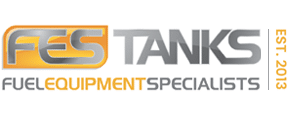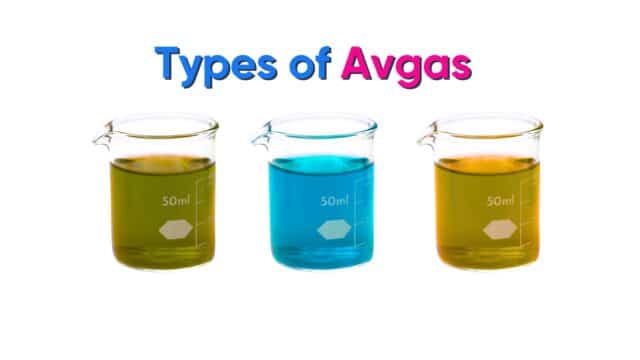What’s so special about avgas aviation fuel?
General aviation is a critical industry in Australia, particularly for regional communities.
It delivers education and health services, tourism, regional health and education services, supports agriculture and enables emergency services.
In most cases, the aircraft involved are piston engine aircraft powered by avgas aviation fuel.
What is avgas?
Avgas, short for aviation gasoline, is an aviation fuel used in planes driven by spark-ignited internal combustion piston engines. It is different from jet fuel, which is kerosene based, and from the petrol used in motor vehicles because it needs to power higher performance aircraft engines.
A fuel’s octane rating measures its ability to withstand compression in the engine without detonating – piston engine aircraft require a high-octane fuel. For this reason, the most common types of avgas still contain tetraethyl lead, which assists with engine lubrication and helps prevent engine knocking (premature detonation). Because tetraethyl lead is toxic, only the minimum amount needed to achieve the required fuel octane rating is used – and manufacturers are working to find safer and more sustainable alternatives.
How is avgas classified?
Different grades of avgas have different maximum lead concentrations and are identified by the octane rating of the fuel tested to both “aviation lean” and “aviation rich” standards. These standards relate to the lean engine settings typically used for cruising and the rich settings used for take-off and when full power is required.
Different types of avgas are identified by their octane ratings and are coloured for easy identification.
Types of avgas
There are two main avgas grades (100 and 100LL low lead) used in the general aviation community.
- Avgas 100 is the standard high-octane fuel for aviation piston engines. It has a high lead content and is dyed green. The two major specifications for Avgas 100 are the ASTM D910 and UK DEF STAN 91-090. The two specifications differ in antioxidant content, oxidation stability requirements and maximum lead content.
- Avgas 100LL is a lower lead version of Avgas 100. This grade is listed in the same specifications as Avgas 100, namely ASTM D910 and UK DEF STAN 91-090. Avgas 100LL is dyed blue.
- In the United States, the Federal Aviation Administration has approved an unleaded avgas, the G100UL. In Australia, unleaded avgas is still in development, with the Civil Aviation Safety Authority warning in 2023 that it should not simply be substituted for leaded fuel. Shell is among major suppliers working on development of an unleaded avgas with similar octane performance to Avgas 100LL, but testing and development is still underway. This fuel is controlled by the specification ASTM D7960.
Getting avgas storage right
Avgas is extremely flammable and toxic. Storing it properly in accordance with regulations is critical for safety in the air and on the ground.
Storage and transfer points provide the greatest opportunity for fuel contamination, with surfactants, water, particulates and misfuelling the most common contaminants for aviation fuel.
- Water contamination is possibly the greatest threat to aviation fuel. Free water can enter the fuel through degraded seals, accumulation at low points in the tank or pipeline or condensation from air entering the tank. In piston-powered aircraft, water can collect in the carburettor float bowl and stop the engine. This is why regular testing with a water detecting kit is essential.
- Particulates like rust, scale, lint and dust can cause engine stalling and damage. While rust is most common, other solids that can cause this type of contamination include dust and pollen, which can enter through tank vents or slip past seals. Rubber particles and fibres can also enter through damaged hoses and filters, while microbial infestation can create slimy residue. Avoid refuelling from fuel cans, which increases the risk of particulate contamination.
- Surfactants are are soap or detergent-like compounds that can be introduced into the fuel during processing and transfer, including through cross-contamination and fuel additives. While small amounts are common, excessive amounts reduce the surface tension between water and the fuel. This can cause water and small particles in the fuel to remain suspended rather than settling into the sumps. Surfactants also tend to collect in filter elements making them less effective.
F.E.S Tanks avgas storage solutions
F.E.S Tanks avgas fuel tanks are made to the highest quality standards with a 100% stainless steel inner tank and all fittings are also made of stainless steel, minimising the risk of rust and particle contamination or water leaks. They’re also built without an interior baffle to ensure free drainage and allow for the safe removal of water.
Talk to the experts at F.E.S Tanks to get the most out of your avgas fuel storage.




